WINTER 2025
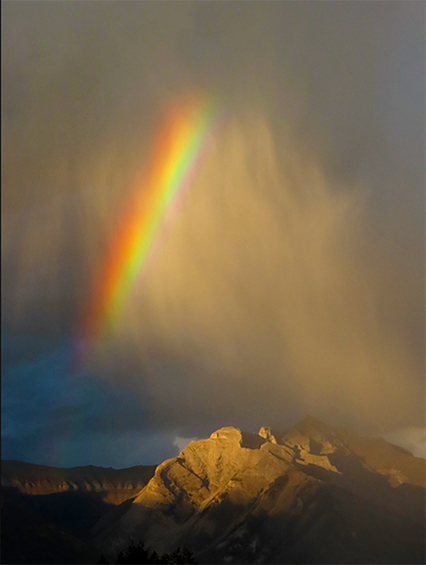
Photo from my travels: Rainbow over Banff National Park, Canada
Photo by Alice Henderson
LATEST PUBLISHING NEWS
UPCOMING ALEX CARTER NOVEL AVAILABLE FOR PRE-ORDER!

The next Alex Carter novel, Storm Warning, is available for pre-order! It will be out in March 2026.
In it, wildlife biologist Alex Carter journeys to the Big Island of Hawaii to study endangered hawksbill sea turtles. But soon a hurricane develops, closing in on the island. Things worsen as armed men storm onto the beach, and Alex suspects that the intentions of these mysterious criminals extend far beyond the shores of the Big Island. Alex must scramble to protect the turtles, her friends, and the world at large…before irreversible damage is done.
It’s available now for pre-order as a hardcover, ebook, and audiobook.
LOOKING FOR A LAST MINUTE GIFT?
Ebooks and audiobooks are not only an environmentally friendly format, but they can be delivered to your friend or family member immediately, making a great last minute gift.

The first three books in the Alex Carter series are also available in paperback, and the fourth, The Vanishing Kind, is available in hardcover.
They are available from all the usual booksellers, including Barnes & Noble, Amazon, Audible, Kobo, GooglePlay, Apple Books, independent booksellers near you, and more.
Click the buttons below for links to booksellers.
WILDLIFE IN THE NEWS
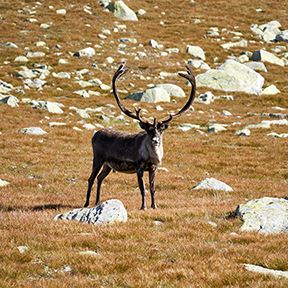
REMOVING HABITAT LOSS FROM THE ENDANGERED SPECIES ACT
Habitat loss is the greatest threat that faces wildlife. The clearcutting of old growth forests, the conversion of meadows, wetlands, and valley bottoms to urban sprawl, the loss of area snowpack due to global warming, have all taken a disastrous toll on species.
Yet habitat destruction is the very factor that the U.S. Fish and Wildlife Service and Congressional opponents of the Endangered Species Act want to have removed when considering a species for protection.
This would have a disastrous effect on species that are already struggling with inadequate protections, and prevent other imperiled species from being listed in the first place.
To learn more, click here and here.
Photo by Barnabas Davoti on Unsplash
SPECIES SPOTLIGHT
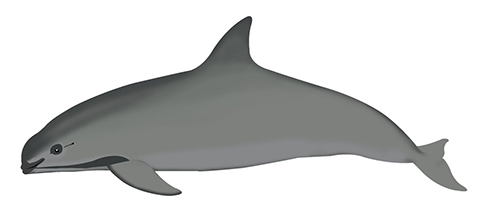
VAQUITA
Vaquita porpoises are the smallest cetaceans in the world, measuring less than five feet long. They are also the most critically endangered marine mammal on the planet, with less than 10 left.
They live in the Gulf of California and are facing extinction because of illegal gill nets, which they get tangled in and drown.
The nonprofit Sea Shepherd patrols the waters of the Gulf of California, removing these deadly, illegal gill nets, and researchers were delighted this year when a new calf was spotted.
But much work needs to be done to save these incredible animals. If you want to help, consider donating to Sea Shepherd’s Operation Vaquita Defense campaign.
To learn more about the vaquita and its plight, click here.
Image by BeamPasit from Pixabay
INTERESTING WILDLIFE FACT
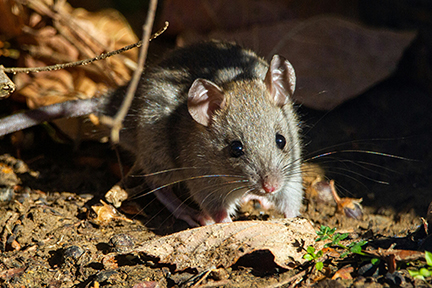
A HOWLING WERE-MOUSE STALKS THE NIGHT
A cannibalistic were-mouse that is immune to scorpion venom and howls like a wolf? Yes. It exists.
The southern grasshopper mouse sleeps during the day in burrows stolen from other creatures. By night it prowls the desert on the hunt for lizards, birds, insects, and even other mice!
It even hunts scorpions, which it is uniquely equipped for. It wins these nocturnal battles by directly sinking its fangs into a scorpion’s venom bulb. The sting from the scorpion doesn’t even bother the mouse due to a genetic quirk that makes the venom act as a painkiller rather than a pain-causer.
After it has consumed its nightly meal, this mouse then stands up on its hind legs, throws its head back, and lets out a howl that can be heard three hundred feet away!
To hear one of these nocturnal ululations, click here.
Photo by Joshua J. Cotten on Unsplash
GREEN TIP
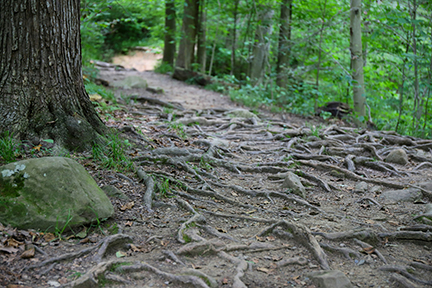
DON’T STEP ON TREE ROOTS WHEN HIKING
Ever been on a worn trail crisscrossed with exposed tree roots? You’ve probably noticed that those roots’ outer layers have been rubbed away, compromising a tree’s ability to absorb water and nutrients from the soil.
The wear and tear from thousands of hiking boots stepping on those roots damages a tree’s root mass and can endanger the structural integrity of the tree, making it more vulnerable to wind and gravity. In addition, roots allow a tree to connect with other trees via underground fungal networks that they use to communicate with each other.
If a local trail you use is particularly eroded and overused, check with your local hiking group or trail association to see if there is a trail restoration project you can take part in.
Photo by Michael & Diane Weidner on Unsplash
VOLUNTEER OPPORTUNITY
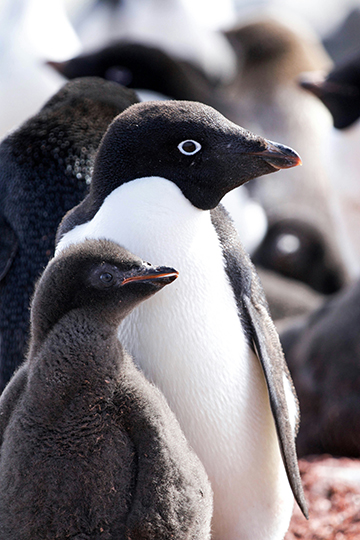
ADÉLIE PENGUINS
It may be winter here in the Northern Hemisphere, making it harder to get out into the wild to observe wildlife, but you can still help from the warmth of your own home!
Help researchers figure out how many Adélie penguins are living on Ross Island in Antarctica!
Adélie penguins are an important indicator species. Determining how big their population is can show how healthy and abundant Antarctic krill are. This will give valuable insight into the effects of environmental change and how effective protected areas are.
Simply log into the project and examine images taken by a helicopter. Then click on the individual penguins you see. You can spend as little or as much time as you have available!
Photo by Dylan Shaw on Unsplash
EXPLORING THE WORLD
AROUND US
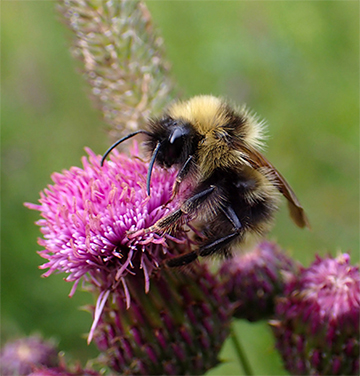
MACROPHOTOGRAPHY
Recently I got an amazing little macro camera that has enabled me to take photographs of tiny and even microscopic structures of moss, lichen, and mushrooms. I’ve also used it to take closeup photos of small creatures such as spiders, beetles, and more.
These hidden features amaze me. A whole new tiny world has been opened up to me, and all I needed was the right tool to see it.
I feel the same way about astrophotography — that all these incredible deep sky objects like galaxies and nebulae are up there, right now, and all you need is the right tool to see them.
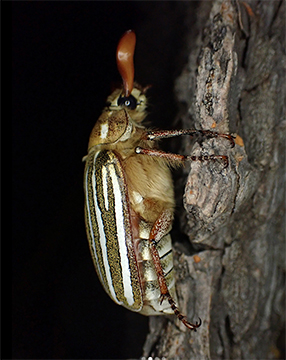
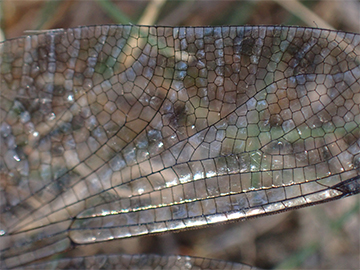
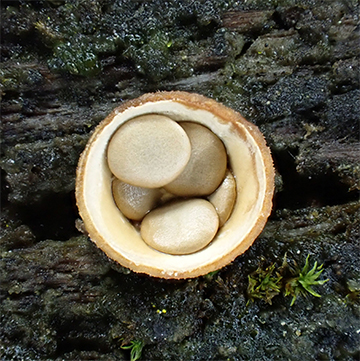
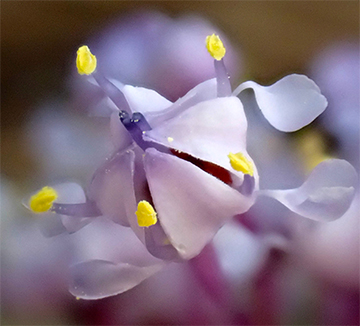
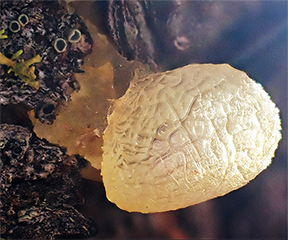
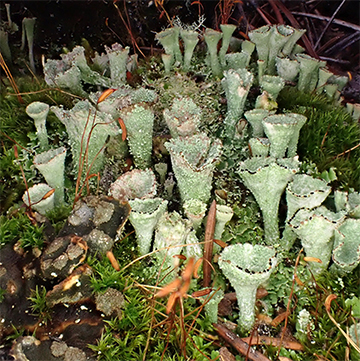
Macrophotography by Alice Henderson
ASTROPHOTOGRAPHY!

Over the summer I spent a few evenings out photographing just part of the massive North American Nebula using narrowband filters to capture oxygen, sulfur, and hydrogen alpha emissions. I then processed the image using the Hubble Palette.
Photo of the North American Nebula by Alice Henderson
Thank you for subscribing and reading, and I will see you next time!
If you would like to subscribe, unsubscribe, or change the address where you receive notification of Alice’s newsletter, please send an email to newsletter [AT] alicehenderson [DOT] com.
Copyright © 2025 by Alice Henderson. All rights reserved.

